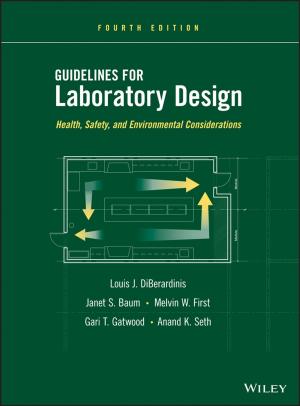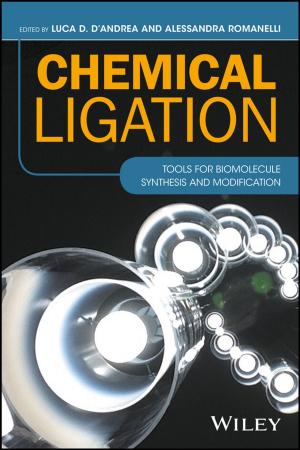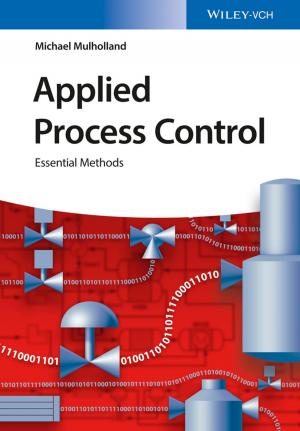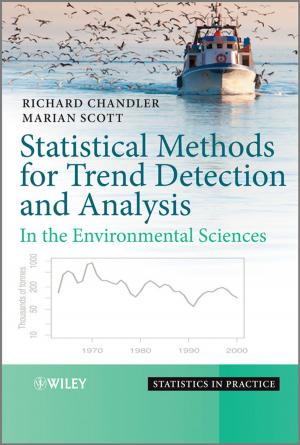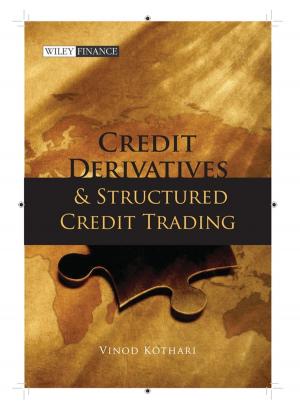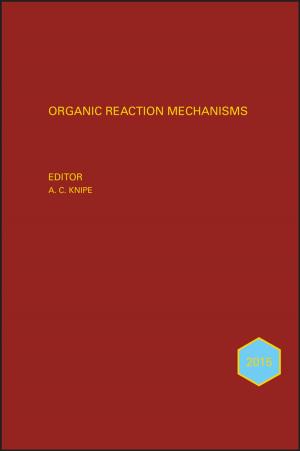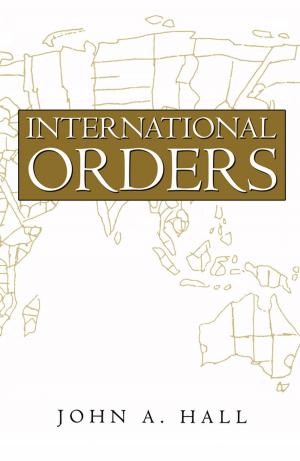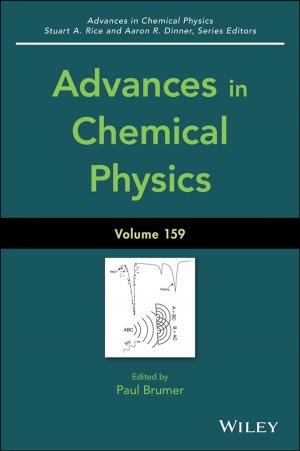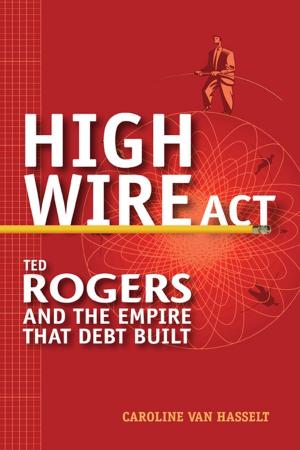Computational Inorganic and Bioinorganic Chemistry
Nonfiction, Science & Nature, Science, Chemistry, Inorganic| Author: | ISBN: | 9781118617243 | |
| Publisher: | Wiley | Publication: | February 19, 2013 |
| Imprint: | Wiley | Language: | English |
| Author: | |
| ISBN: | 9781118617243 |
| Publisher: | Wiley |
| Publication: | February 19, 2013 |
| Imprint: | Wiley |
| Language: | English |
Over the past several decades there have been major advances in our ability to computationally evaluate the electronic structure of inorganic molecules, particularly transition metal systems. This advancement is due to the Moore’s Law increase in computing power as well as the impact of density functional theory (DFT) and its implementation in commercial and freeware programs for quantum chemical calculations. Improved pure and hybrid density functionals are allowing DFT calculations with accuracy comparable to high-level Hartree-Fock treatments, and the results of these calculations can now be evaluated by experiment.
When calculations are correlated to, and supported by, experimental data they can provide fundamental insight into electronic structure and its contributions to physical properties and chemical reactivity. This interplay continues to expand and contributes to both improved value of experimental results and improved accuracy of computational predictions.
The purpose of this EIC Book is to provide state-of-the-art presentations of quantum mechanical and related methods and their applications, written by many of the leaders in the field. Part 1 of this volume focuses on methods, their background and implementation, and their use in describing bonding properties, energies, transition states and spectroscopic features. Part 2 focuses on applications in bioinorganic chemistry and Part 3 discusses inorganic chemistry, where electronic structure calculations have already had a major impact. This addition to the EIC Book series is of significant value to both experimentalists and theoreticians, and we anticipate that it will stimulate both further development of the methodology and its applications in the many interdisciplinary fields that comprise modern inorganic and bioinorganic chemistry.
This volume is also available as part of Encyclopedia of Inorganic Chemistry, 5 Volume Set.
This set combines all volumes published as EIC Books from 2007 to 2010, representing areas of key developments in the field of inorganic chemistry published in the Encyclopedia of Inorganic Chemistry. Find out more.
Over the past several decades there have been major advances in our ability to computationally evaluate the electronic structure of inorganic molecules, particularly transition metal systems. This advancement is due to the Moore’s Law increase in computing power as well as the impact of density functional theory (DFT) and its implementation in commercial and freeware programs for quantum chemical calculations. Improved pure and hybrid density functionals are allowing DFT calculations with accuracy comparable to high-level Hartree-Fock treatments, and the results of these calculations can now be evaluated by experiment.
When calculations are correlated to, and supported by, experimental data they can provide fundamental insight into electronic structure and its contributions to physical properties and chemical reactivity. This interplay continues to expand and contributes to both improved value of experimental results and improved accuracy of computational predictions.
The purpose of this EIC Book is to provide state-of-the-art presentations of quantum mechanical and related methods and their applications, written by many of the leaders in the field. Part 1 of this volume focuses on methods, their background and implementation, and their use in describing bonding properties, energies, transition states and spectroscopic features. Part 2 focuses on applications in bioinorganic chemistry and Part 3 discusses inorganic chemistry, where electronic structure calculations have already had a major impact. This addition to the EIC Book series is of significant value to both experimentalists and theoreticians, and we anticipate that it will stimulate both further development of the methodology and its applications in the many interdisciplinary fields that comprise modern inorganic and bioinorganic chemistry.
This volume is also available as part of Encyclopedia of Inorganic Chemistry, 5 Volume Set.
This set combines all volumes published as EIC Books from 2007 to 2010, representing areas of key developments in the field of inorganic chemistry published in the Encyclopedia of Inorganic Chemistry. Find out more.

